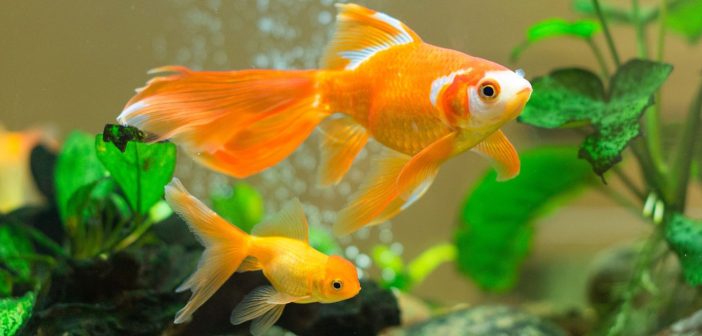No matter how reliable a fishmonger is, you always want to quarantine fish before placing them in a new tank. Not only will this benefit your current fish, but it also helps reduce the amount of immune system distress placed on your new fish. To help ensure the health and safety of all your fish, this article will review how to properly quarantine and treat a new fish.
Quarantine Tank Set-Up
As you may have already guessed, you’ll need to set up a separate tank for a new fish, ideally around 3 to 5 feet away from the main tank, depending on how big of a splash your fish typically make. In addition, you’ll want to make sure that your quarantine tank water is as similar to your regular tank water as possible. If you can, add as much of your regular tank water into the quarantine tank as you can spare.
Remember, you’ll want to keep all your quarantine equipment separate from your regular tank. You’ll need a separate filter and heater to maintain water quality.
The Next Steps
After you’ve set up the tank, test the water with a water quality test kit to ensure it’s suitable. Then, acclimate your fish with whichever acclimation method you typically use. You’ll want to add some décor in the quarantine tank as any fish, sick or healthy, will want to hide away.
One of the biggest mistakes fish owners make is adding prophylactic treatments when there is no sign of disease. Because the antibiotics and antifungals you get over the counter aren’t as strong as the therapeutic levels you’d get at a vet, you’re essentially creating a breeding ground for resistant bacteria. The best treatment for a fish that isn’t showing signs of illness is to add a water conditioner and low levels of aquarium salt–depending on how much salt that fish can handle.
According to Fish Tanks Direct, (how long you should wait to put a fish in a new tank), you should wait at least 24 to 48 hours (and even up to a week) before adding fish to a new tank.
Treat Diseases
So, what should you do if a quarantined fish is showing signs of disease? Some diseases, like Ich, are very easy to identify in fish, and you can find the medication to treat them accordingly. However, some fungal infections and diseases are difficult to recognize. So, in order to give your fish the best shot at survival, make a vet appointment as quickly as you can. But during the time you’re waiting to get to your vet appointment, there are medications that contain antifungals and antibiotics to cover all your bases.
Now that you know how to properly quarantine and treat a new fish, you’re better equipped to help your fish live their healthiest lives. Just remember to always check your water quality and check with your vet. If you do those two things, you’ll never go wrong!




